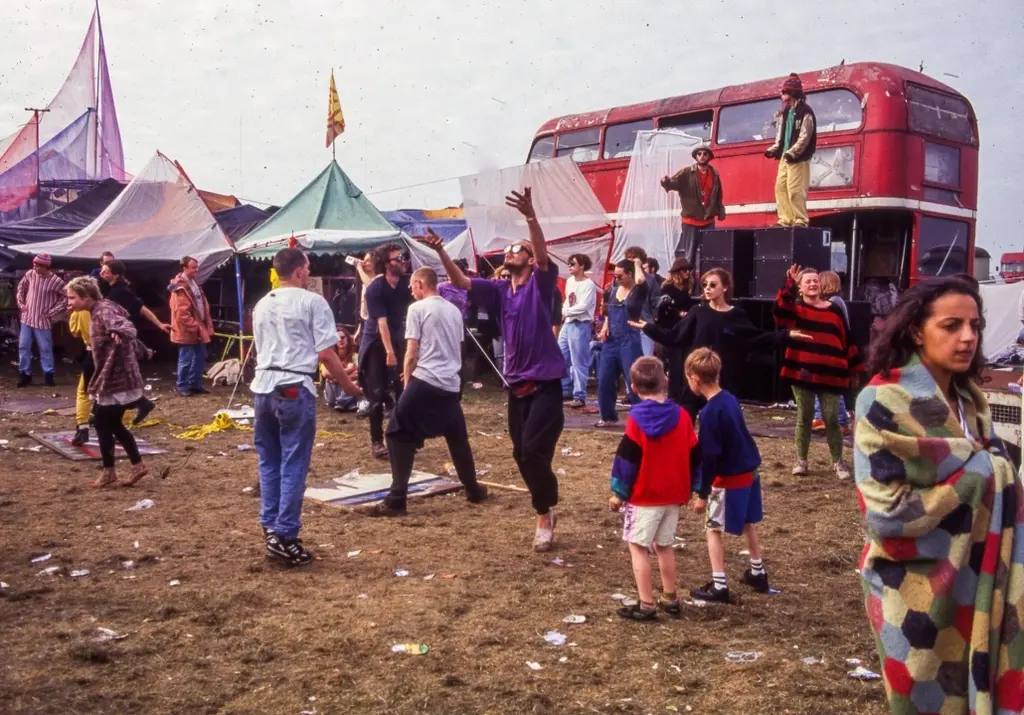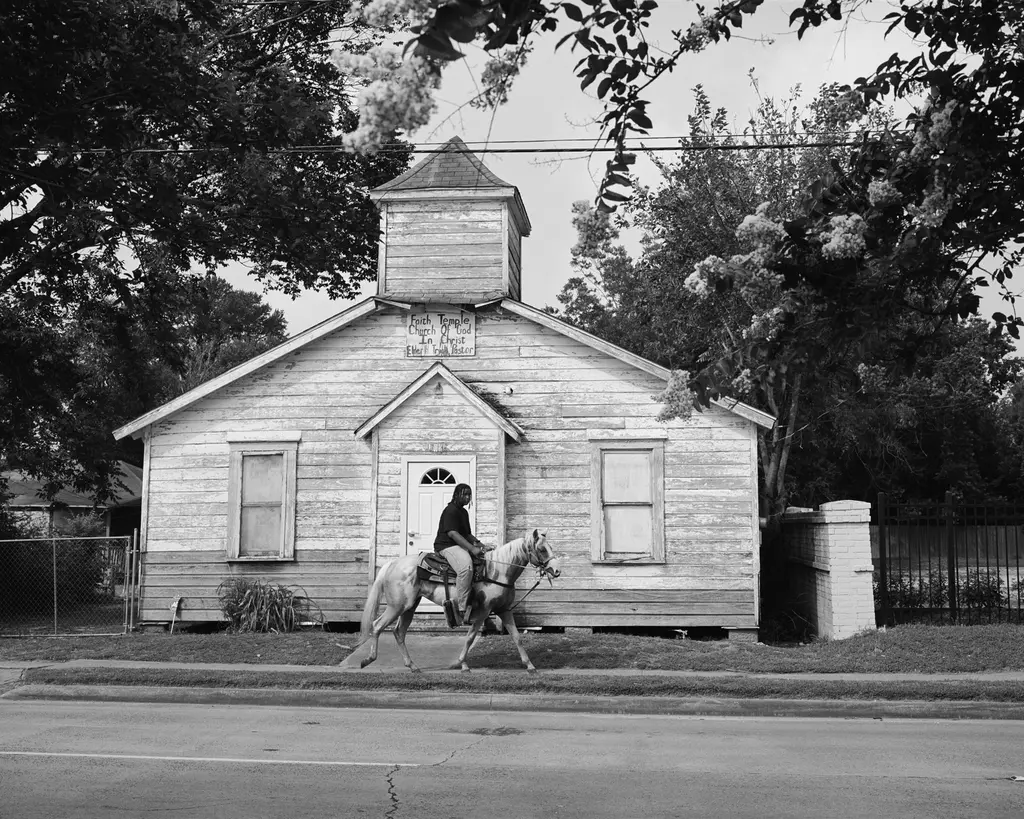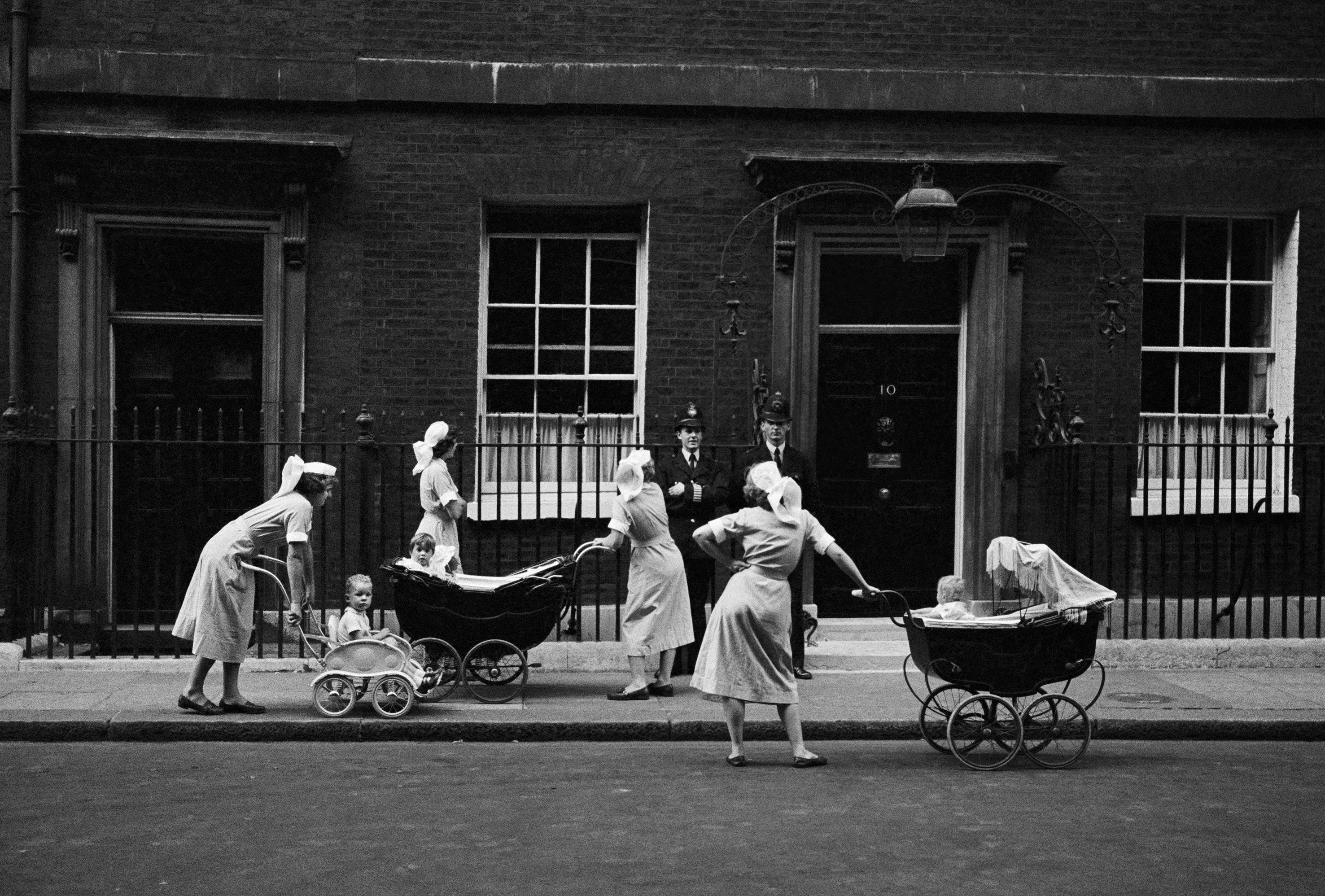Remembering the life and work of Philip Jones Griffiths
- Text by Niall Flynn
- Photography by Philip Jones Griffiths / Magnum Photos

On the 10-year anniversary of his death, a new exhibition is showcasing two of Philip Jones Griffiths’ most significant bodies of work: photos shot amid the conflict of the Vietnam War, and his pictures of Britain taken between 1950 – 1970.
Titled PJGX, the exhibition – presented by TJ Boulting and Trolley Books, in conjunction with Magnum Photos and the Philip Jones Griffiths Foundation – showcases the two works alongside one another, conveying an all-encompassing legacy of one of history’s finest photojournalists.

South Vietnam, 1970 © Philip Jones Griffiths / Magnum Photos
“When starting to think about a show like this, any curator would be spoilt for choice,” says Fanny Ferrato, daughter of Philip and co-trustee of the foundation, along with her sister, Katherine Holden.
“Philip will always be known for his Vietnam work, however he hated being thought of as a war photographer. By showing the British work alongside Vietnam, it not only gives you a more rounded view of his life’s work, but also presents an interesting comparison, as most of the photographs in the show were taken in the same time period.”
His photos of Vietnamese conflict, first published in the acclaimed Vietnam INC (1971), were credited with helping shift public perception of the Vietnam war – particularly in the US. Speaking of the work years later, Noam Chomsky said: “If anybody in Washington had read that book, we wouldn’t have had these wars in Iraq or Afghanistan.”
Similarly, his shots of Britain – drawn from 2008 publication Recollections – demonstrate Griffiths’ unparalleled ability as a poignant documenter of place and time. While the two works displayed in PJGX are contrasting in their subject matter, they remain united through his unique curiosity in people and a belief in the power of visual storytelling.
“It has been said that in order to tell a great story you have to concentrate on the 5 ‘W’s: who, what, where, when and why. To Philip the first four were perfunctory and it’s the last one that really counted,” adds Holden.
“This focus and ability to get into the ‘why’ of certain situations certainly helps distinguish Philip as a unique storyteller. As well as this, he had a real empathy with his subjects – whether it be a child in Vietnam suffering the effects of Agent Orange, or an old lady trying to do her shopping in Northern Ireland among the soldiers and sandbags.”

Saigon, South Vietnam, 1967 © Philip Jones Griffiths / Magnum Photos
PJGX: Philip Jones Griffiths – Ten Year Anniversary Exhibition is showing 19 March – 21 April, 2018 at London’s TJ Boulting Gallery. Philip Jones Griffiths: Icons is showing 5 June – 27 July, 2018 at Magnum Print Room.
Enjoyed this article? Like Huck on Facebook or follow us on Twitter.
Latest on Huck

Meet the trans-led hairdressers providing London with gender-affirming trims
Open Out — Since being founded in 2011, the Hoxton salon has become a crucial space the city’s LGBTQ+ community. Hannah Bentley caught up with co-founder Greygory Vass to hear about its growth, breaking down barbering binaries, and the recent Supreme Court ruling.
Written by: Hannah Bentley

Gazan amputees secure Para-Cycling World Championships qualification
Gaza Sunbirds — Alaa al-Dali and Mohamed Asfour earned Palestine’s first-ever top-20 finish at the Para-Cycling World Cup in Belgium over the weekend.
Written by: Isaac Muk

New documentary revisits the radical history of UK free rave culture
Free Party: A Folk History — Directed by Aaron Trinder, it features first-hand stories from key crews including DiY, Spiral Tribe, Bedlam and Circus Warp, with public streaming available from May 30.
Written by: Isaac Muk

Rahim Fortune’s dreamlike vision of the Black American South
Reflections — In the Texas native’s debut solo show, he weaves familial history and documentary photography to challenge the region’s visual tropes.
Written by: Miss Rosen

Why Katy Perry’s space flight was one giant flop for mankind
Galactic girlbossing — In a widely-panned, 11-minute trip to the edge of the earth’s atmosphere, the ‘Women’s World’ singer joined an all-female space crew in an expensive vanity advert for Jeff Bezos’ Blue Origin. Newsletter columnist Emma Garland explains its apocalypse indicating signs.
Written by: Emma Garland

Katie Goh: “I want people to engage with the politics of oranges”
Foreign Fruit — In her new book, the Edinburgh-based writer traces her personal history through the citrus fruit’s global spread, from a village in China to Californian groves. Angela Hui caught up with her to find out more.
Written by: Katie Goh








